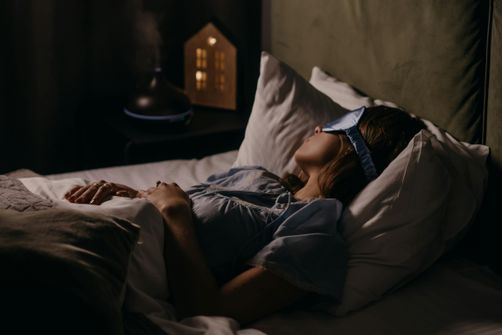
How CBT-I Helps Women Manage Insomnia: Boosting Sleep Quality and Overcoming Sleep Disorders
Sleep is essential for physical and mental well-being, but many women struggle with sleep disorders like insomnia, which can lead to fatigue, irritabi...

Creative Expression, whether through art, music, writing, or other pursuits, is not just a source of joy and self-expression—it has profound impacts on women’s mental health, resilience, and longevity. As women age, engaging in creative activities fosters a sense of purpose, improves cognitive function, and can even slow the aging process by promoting neuroplasticity. Research supports the idea that creativity enhances well-being and can help women thrive mentally and emotionally as they grow older.
Let’s dive into how creative expression contributes to longevity in women and why integrating creativity into daily life can offer long-term benefits.
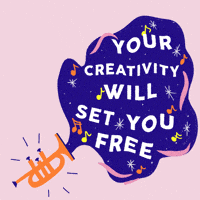
At its core, creative expression activates multiple regions of the brain, promoting neuroplasticity—the brain’s ability to form new neural connections throughout life. This ability to “rewire” itself is crucial for maintaining cognitive flexibility and resilience as we age. Creativity stimulates areas of the brain responsible for memory, emotion, and problem-solving, which may help delay the onset of neurodegenerative diseases like Alzheimer’s and dementia.
Women often face unique challenges throughout their lives, including caregiving responsibilities, career pressures, and the physical changes associated with aging. Creativity offers an outlet for stress, helping women build resilience and adapt to life’s inevitable ups and downs.
Creative pursuits allow women to process their emotions in a healthy, constructive way. Whether it’s through journaling, painting, or singing, creative expression provides a safe space to explore feelings, which reduces the negative impact of stress. Chronic stress has been shown to accelerate cellular aging by shortening telomeres, the protective caps on the ends of chromosomes. Engaging in creative activities helps counteract stress, potentially preserving cellular health and contributing to longer life.
Research Insight: A study published in Art Therapy suggests that creative expression lowers cortisol levels (the stress hormone) and activates the brain’s reward pathways, promoting feelings of relaxation and contentment, which can support longevity.
Writing, in particular, has been shown to enhance emotional processing. Studies reveal that expressive writing helps women manage difficult emotions, trauma, and loss, leading to greater emotional stability. This emotional resilience not only improves mental well-being but also contributes to a longer, healthier life.
Journaling for Longevity: According to Anxiety, Stress, & Coping, women who engage in regular expressive writing experience improved mental clarity and emotional balance, which fosters better mental health outcomes and reduces the risk of depression as they age.
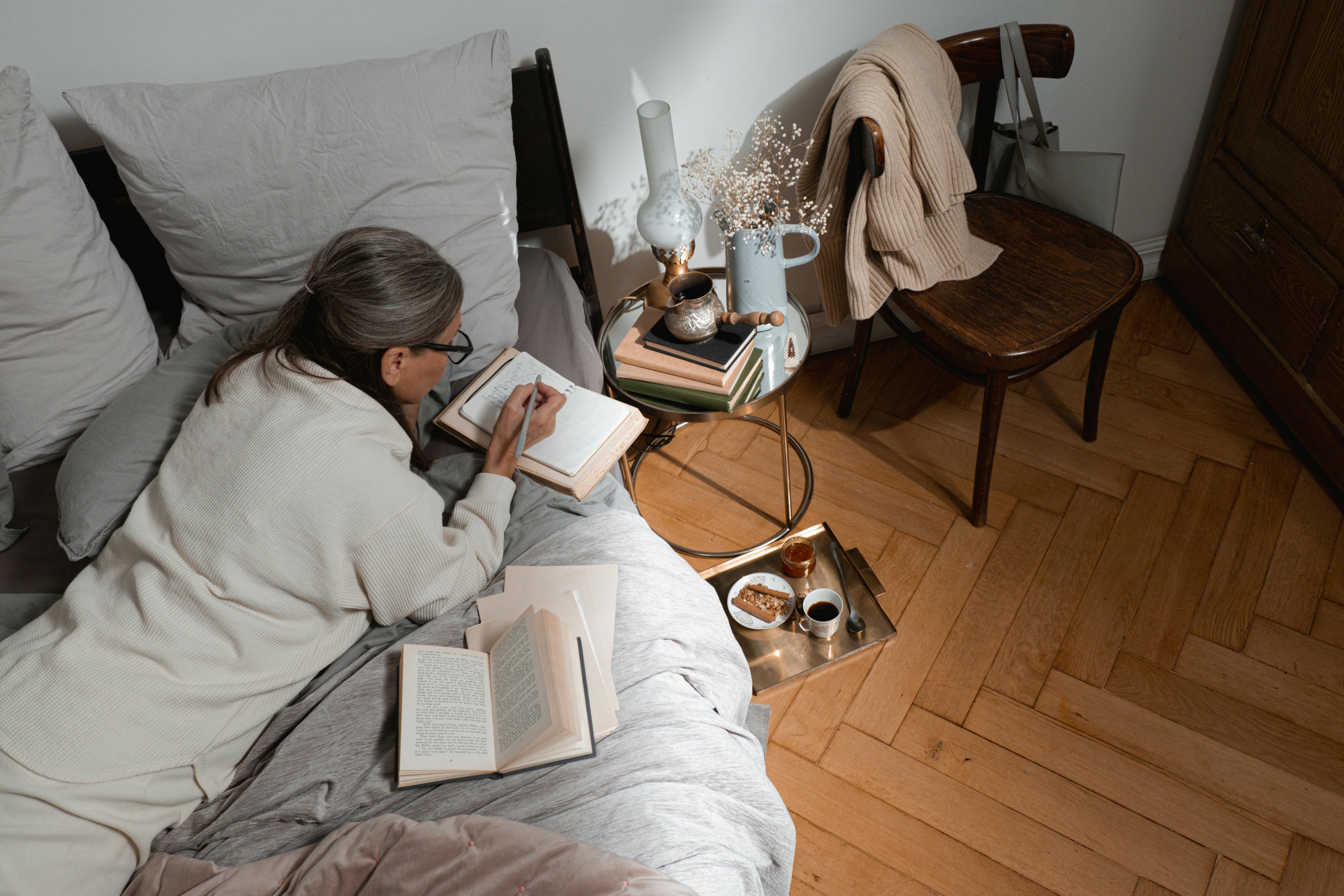
As women age, cognitive health becomes a primary concern. One of the key benefits of creative engagement is its ability to keep the brain active and engaged, which helps stave off cognitive decline.
Artistic activities like painting, sculpting, and drawing engage both the left and right hemispheres of the brain, improving problem-solving and spatial reasoning. These activities keep the brain stimulated, helping maintain cognitive function as women grow older. A study from The American Academy of Neurology found that seniors who engaged in artistic activities were 73% less likely to develop mild cognitive impairment (MCI), a precursor to dementia.
Learning and playing music is another powerful way to enhance cognitive longevity. Playing an instrument strengthens the brain’s ability to process information, improving memory, coordination, and attention span. Music also activates areas of the brain associated with emotion and reward, which can boost mood and mental well-being. Research published in Innovation in Aging found that older adults who played music maintained better verbal and working memory compared to non-musicians.
For many women, creative expression is a gateway to lifelong learning. Whether it’s trying a new form of art, picking up a musical instrument, or attending creative workshops, lifelong learning keeps the mind agile and promotes neuroplasticity. Continuing to learn new skills into old age has been shown to reduce the risk of cognitive decline and improve overall quality of life.
Learning for Longevity: A study in Gerontology & Geriatrics Education found that older adults who engaged in continuous learning activities had better cognitive health and emotional well-being compared to those who did not engage in such activities.
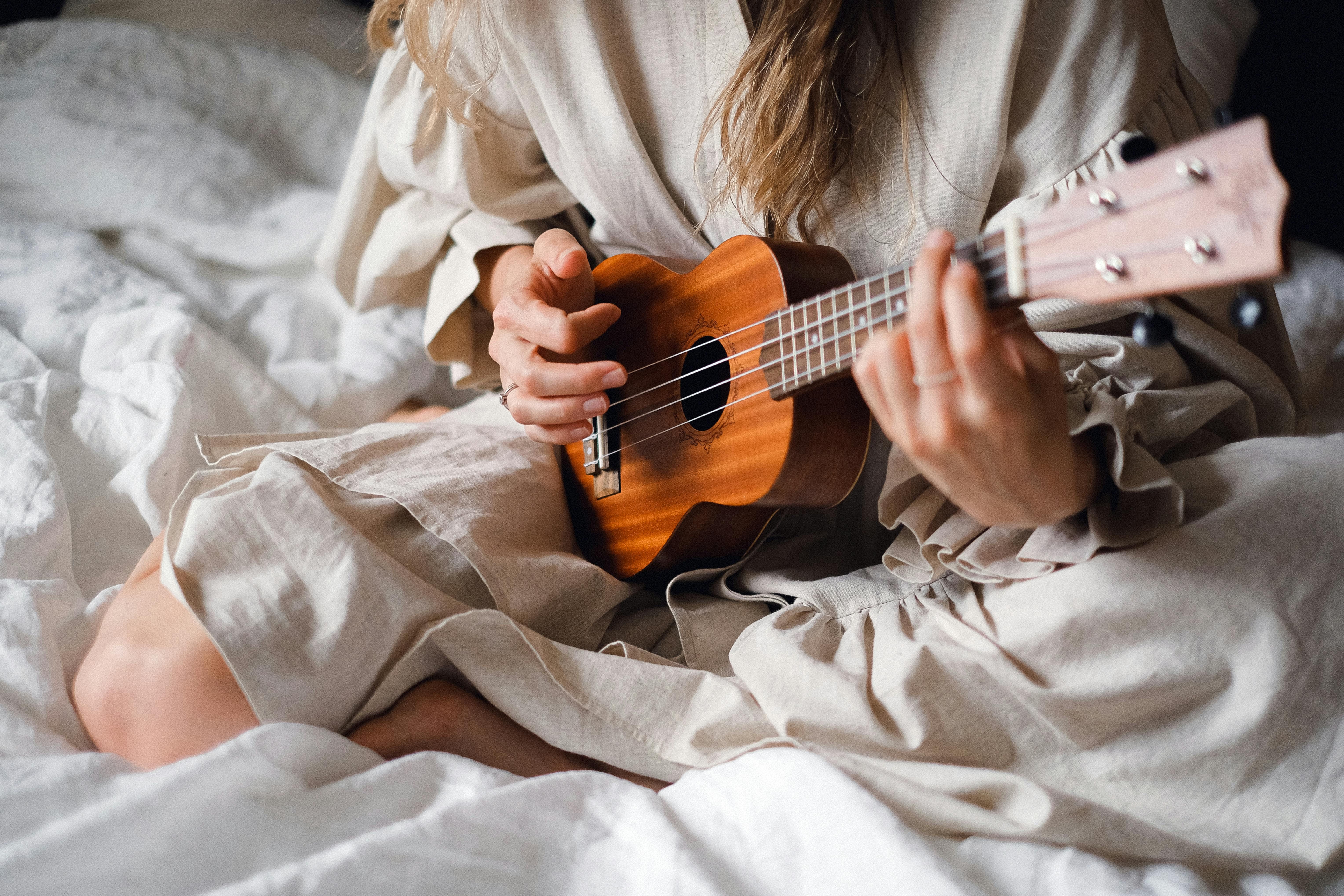
Creativity often brings people together, fostering a sense of community and belonging. Social connection is a well-documented factor in longevity, particularly for women. Creative activities such as group painting classes, choirs, or writing circles create opportunities for women to build and strengthen social bonds, which are essential for mental and emotional health.
Social Engagement: A study from PLOS Medicine found that women with strong social connections had a 50% greater chance of living longer than those who were socially isolated. Creative expression fosters these connections by offering a shared space for emotional expression and bonding.
Involvement in group creative projects, like theater or music ensembles, allows women to collaborate and engage with others on an emotional and intellectual level. These social interactions are not only enriching but also provide support systems that contribute to mental health and longevity.
Q: How does creative expression enhance longevity in women?
A: Engaging in creative activities such as art, music, and writing stimulates the brain, promoting neuroplasticity—the brain’s ability to form new neural connections. This helps maintain cognitive flexibility, reduces the risk of cognitive decline, and improves mental health, all of which contribute to longevity. Research also shows that creative pursuits lower stress, enhance emotional resilience, and improve overall well-being, supporting a longer, healthier life.
Q: What are some examples of creative activities that support longevity?
A: Activities like painting, journaling, playing music, crafting, and writing have all been linked to better cognitive health and emotional well-being. These activities challenge the brain, improve memory and problem-solving skills, and provide an emotional outlet that reduces stress, contributing to a longer life.
Q: How does creativity help with stress and emotional resilience?
A: Creative expression provides a safe and healthy way to process emotions and reduce stress. Studies show that activities such as journaling or painting help lower cortisol levels (the stress hormone), boost feelings of relaxation, and enhance emotional resilience. Reduced stress is associated with slower cellular aging, better immune function, and a reduced risk of chronic diseases.
Q: Does engaging in creative activities benefit women at all ages?
A: Yes, creative expression benefits women at every stage of life. For younger women, it helps manage stress and process emotions. In midlife, creative pursuits can improve mental clarity and provide a sense of purpose. For older women, creativity promotes cognitive health, helping to delay the onset of conditions like dementia and Alzheimer’s disease while enhancing social connections and mental engagement.
Q: Can creative expression improve social connections and overall well-being?
A: Yes, creative activities, especially those done in groups, like joining a choir or participating in group art projects, foster a sense of community and belonging. Strong social connections are well-documented contributors to longevity, as they reduce the risk of loneliness and mental health challenges.
The information in this article is for educational purposes only and should not be used as a substitute for professional medical advice, diagnosis, or treatment. Always consult with a healthcare provider before starting any new health or wellness practice. Individual results may vary, and while creative activities can support mental and emotional health, they should not replace professional care for mental health conditions.
The evidence is clear—engaging in creative expression has a profound impact on women’s longevity, mental health, and resilience. From promoting neuroplasticity to reducing stress and fostering emotional resilience, creativity offers a unique pathway to living a longer, healthier life. Whether through art, music, or writing, creative activities provide cognitive, emotional, and social benefits that continue well into old age.
For women looking to enhance their well-being and potentially extend their lifespan, embracing creativity can be a powerful tool. Not only does it help keep the mind sharp, but it also brings joy, fulfillment, and a sense of purpose—key ingredients for longevity.

Sleep is essential for physical and mental well-being, but many women struggle with sleep disorders like insomnia, which can lead to fatigue, irritabi...
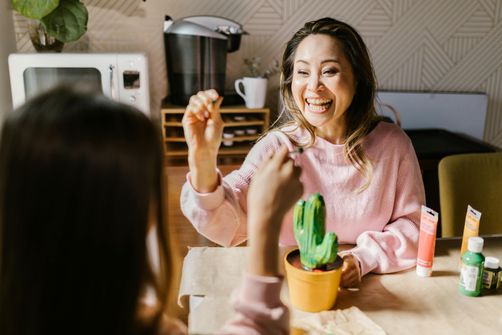
Friendship isn't just about shared laughs, deep conversations, and happy memories—it's also about longevity. Female friendships play a crucial role in...
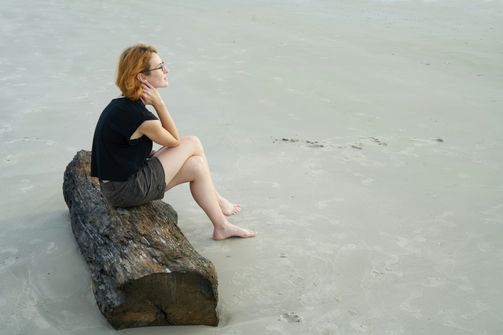
Liminal spaces, or transitional periods in life, represent moments of transformation where women are “in between”—neither in the old nor the new, but ...
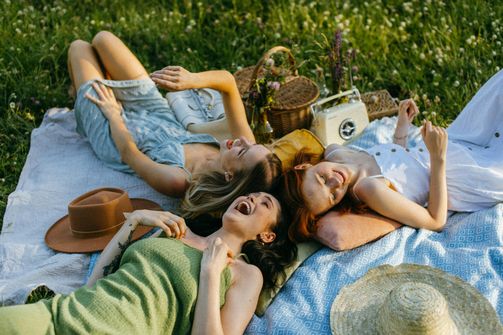
Laughter is a powerful tool for improving both mental and physical health, especially for women. The act of laughing releases a cascade of positive ph...
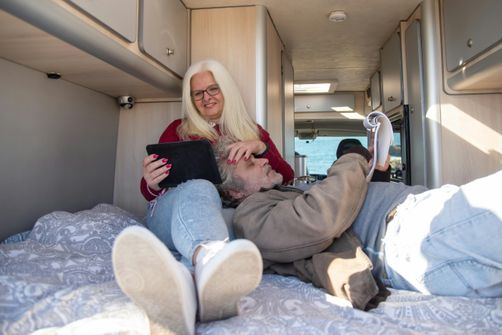
Menopause often brings significant changes to a woman’s sleep patterns, affecting not just her rest but also cognitive health. insomnia and brain fog ...